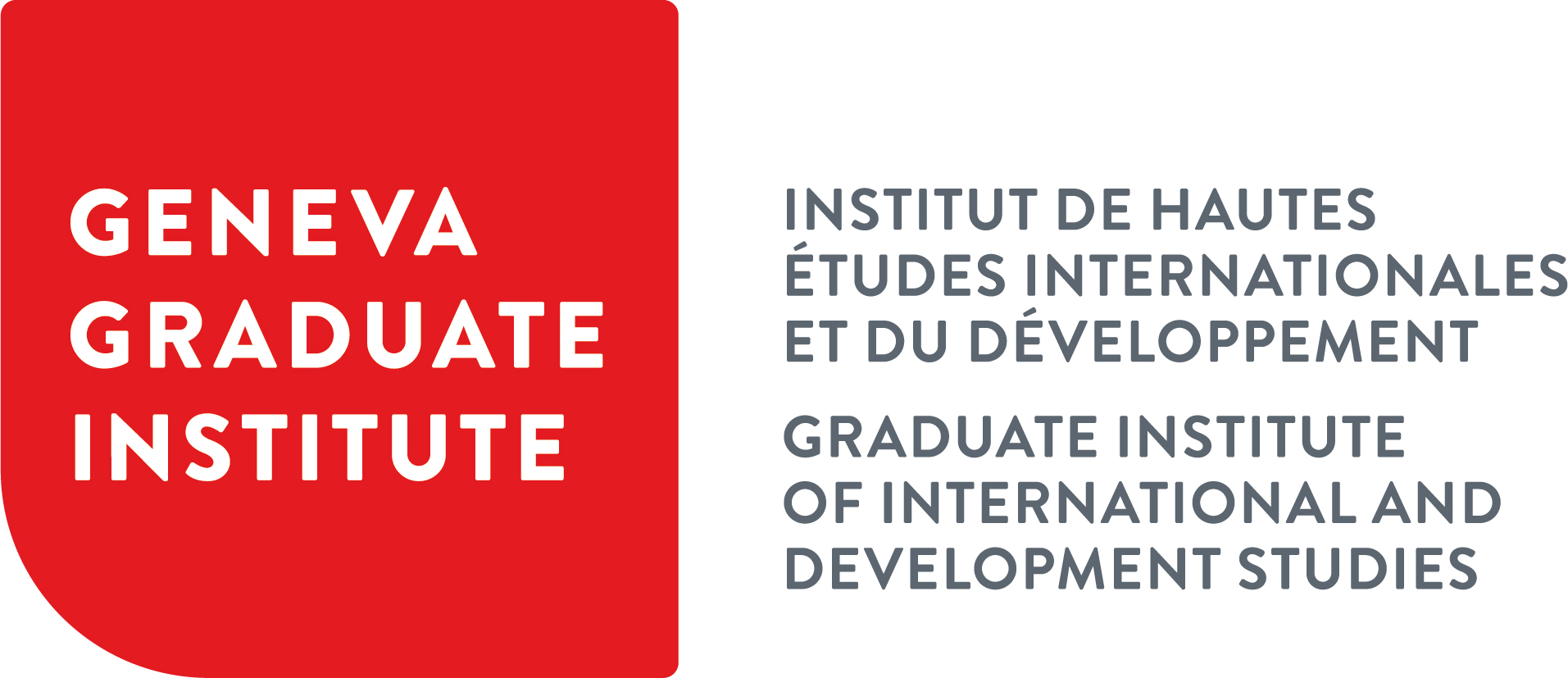Afghanistan
Afghanistan has been affected by conflicts for decades. Supported by the United States, the Afghan National Security Forces (ANSF) had fought against the Taliban and the Khorasan province branch of the Islamic State group (IS-KP). In August 2021, following the withdrawal of US troops from Afghanistan, the Taliban have rapidly taken control of most of the country, Kabul included, and became the effective government of Afghanistan. Accordingly, currently the Taliban government is engaging in two parallel NIACs: one against the National Resistance Front (loyal to the former government) and the other against the IS-KP. In 2022, Afghanistan and Pakistan have engaged in instant IACs at the border between the two countries.
Since the Soviet invasion of 1979, Afghanistan has been mired in almost perpetual armed conflict. For an overview of the history of the conflicts in Afghanistan, see A. Bellal, The War Report. Armed Conflicts in 2016, Geneva Academy of International Humanitarian Law and Human Rights, March 2017, p 52ff. In recent years, Afghanistan has been affected by multiple and overlapping non-international armed conflicts:
- The former government of Afghanistan, led by Ashraf Ghani was party to a non-international armed conflict (NIAC) against the Taliban, which was an organized armed group at the time. See ‘Afghanistan Profile – Timeline’, BBC, 31 January 2018. However, in August 2021 the Taliban took control of most of the country, Kabul included, and became de facto the new government of Afghanistan, despite the fact that it has not been recognized by other States yet. Following the withdrawal of its troops in August 2021, the US ceased to be party to the conflict. On the other hand, there is an ongoing NIAC between the Taliban government and the National Resistance Front (loyal to the former government).
- Since 2015, fighters in Afghanistan have proclaimed the establishment of a Khorasan province branch of the Islamic State group (IS-KP) and started conducting attacks, thereby engaging in a non-international armed conflict with the former Afghan government. Furthermore, there was a parallel NIAC between the Taliban and the Islamic State-Khorasan province (IS-KP). D. Azami, ‘IS in Afghanistan: how successful has the group been?’, BBC, 25 February 2017. Since the Taliban qualifies as the new effective government of Afghanistan, currently there is a NIAC between the governmental forces and the IS-KP.
- On 16 April 2022, Pakistan launched an airstrike against Afghanistan, which resulted in civilian casualties in Kunar and Khost provinces. Furthermore, on 8 and 22 August 2022 Pakistani and Afghan troops clashed across the border. International Crisis Group, Crisis Watch: Pakistan.


